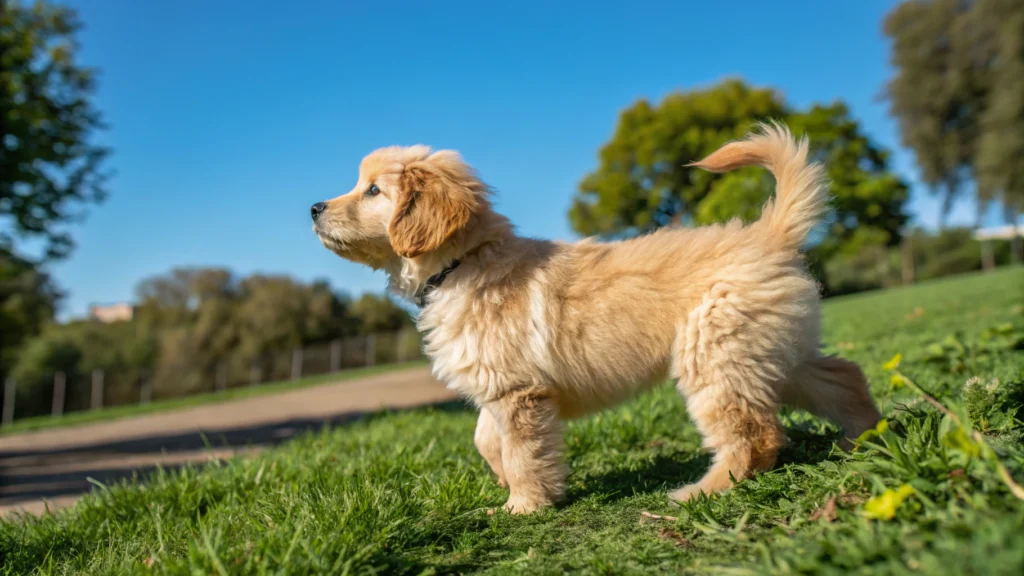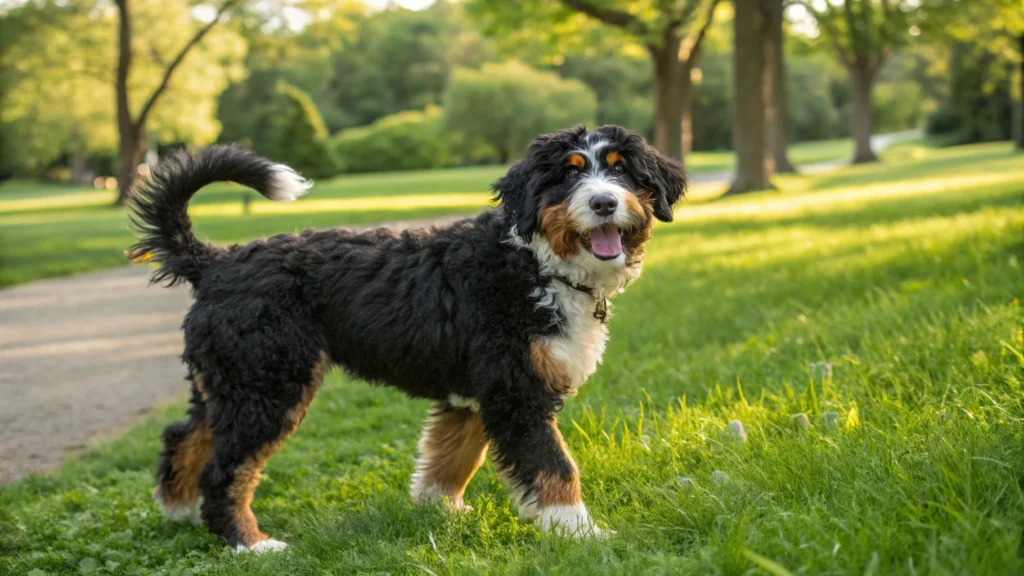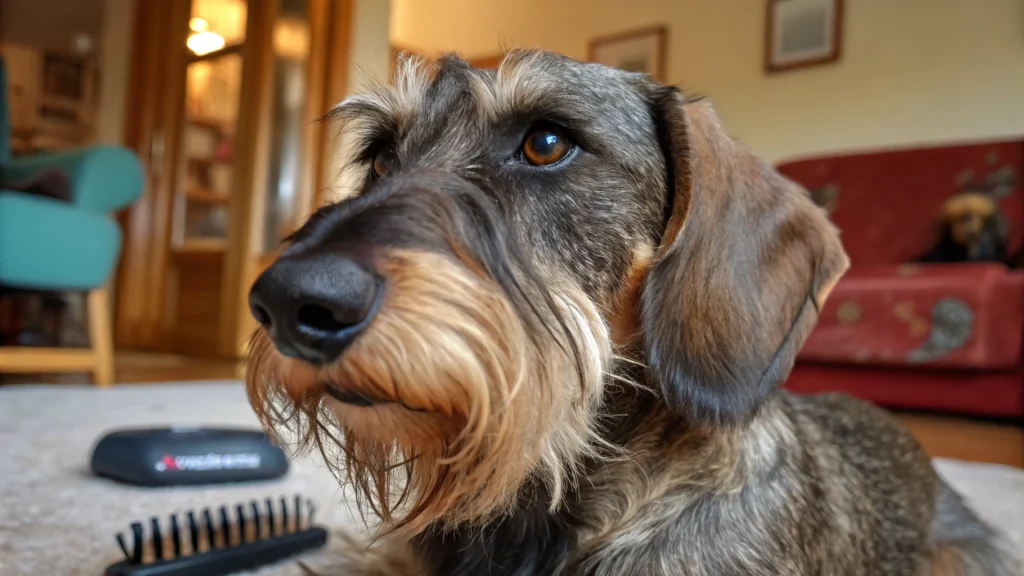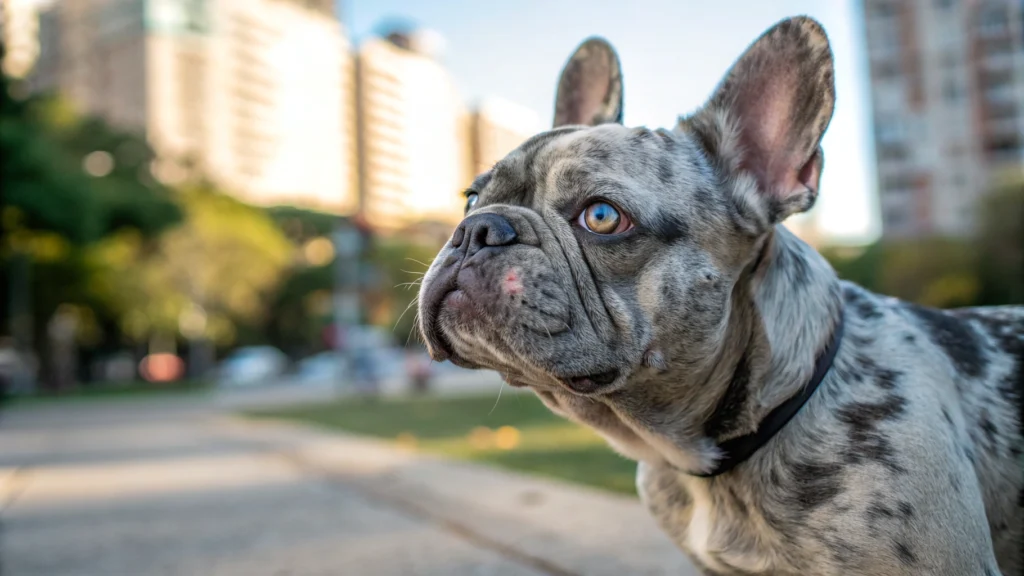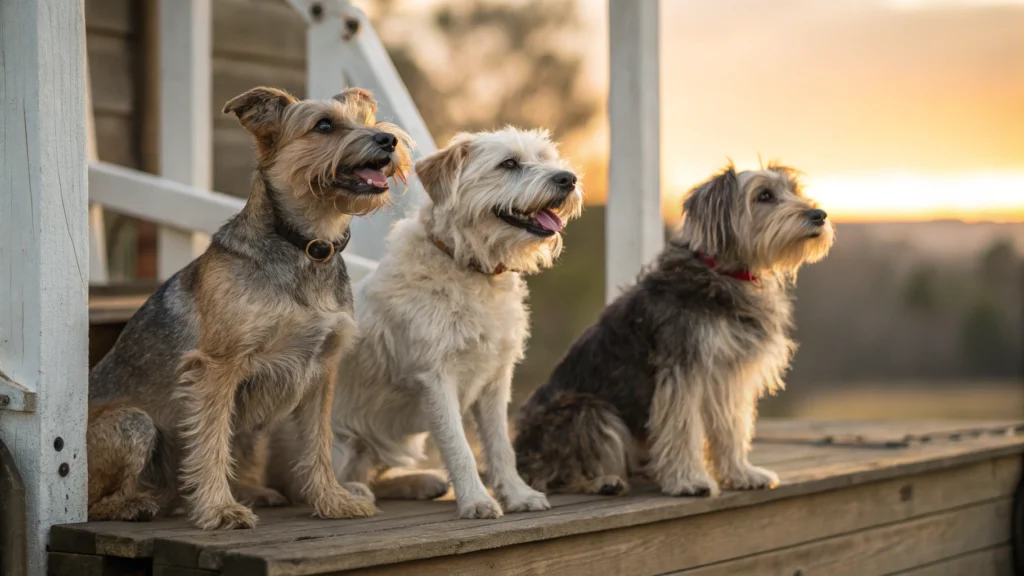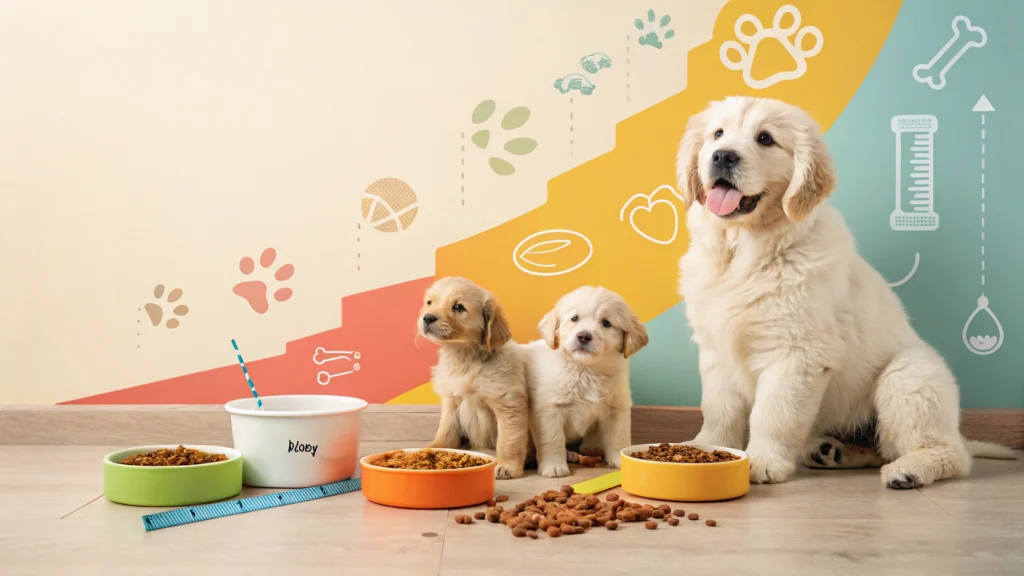
Introduction
The Wonder of Canine Growth
Dogs light up our lives with energy and changing personalities. Their growth and development, a process of changes, intrigues pet parents. From floppy-eared puppies to regal adulthood, the journey excites minds. When do dogs stop growing? This inquiry motivates many interested in the nuances of canine development to pursue understanding about the milestones that turns our companions into individual dogs.
Why Understand Growth?
Knowing when a dog reaches maturity allows pet parents to plan before transitioning into adulthood. Growth stages determine what to feed, what to do for exercise and how to monitor the dog’s health. Getting caught in the middle can determine a dog’s quality of health. A pet parent that understands can provide a better lifestyle for their dog than for the pet parent who does not understand. This paper will elaborate on the stages of canine growth and provide clarity to the dedicated pet parent.
The Science of Canine Growth and Development
Biological aspects of canine growth
Canine growth is a product of biological functions. Hormones modulate length (bone growth) and width (muscle growth) during development. Growth plates are thin bands of cartilage inside the bones; these plates close over time, experiencing a process called ossification, which restricts further and potentially limits adult growth. When do dogs stop growing? When bone growth plates are closed, or completion of ossification occurs, we can assume growth has stopped linked to age and biological factors.
The Genetic Role in Size and Maturity
Genetics has a tremendous impact on a dog’s size and maturity. Breeds have different genetic codes that govern whether a dog will be a petite terrier or a big mastiff. These genetic codes not only dictate final size (big or small) but also the rate of growth, meaning breed matters when it comes to figuring out when do dogs stop growing.
Dog Growth Stages
Puppy (Rapid Growth Stage)
Puppy development is a flurry of changes. Dogs grow rapidly from birth to around 6 months. In this period dogs grow in length, develop muscle and gain a lot of weight. Small breeds can double in size within weeks during puppyhood. This is a brief but vibrant time where puppies develop the foundations for future growth. When do dogs stop growing? Not yet – puppyhood has only just begun.
Adolescence (Slower Growth)
Growth steadily slows between 7-12 months. At this stage, dogs do not develop dramatically, but rather refine what they have. For one year old dogs, they still gain muscle mass and finish filling out, which is why they may appear unrefined at this stage in their life. At this stage in development, dogs have peak energy levels but they can outpace their physical maturity. For many breeds, this stage of growth hints at near-adulthood, though when do dogs stop growing is contingent on breed-specific timelines.
Adulthood: The End of Growing Up
Adulthood is the end of physical growth. Most dogs are fully grown by the age of one or two. Their growth plates fuse together, fixing their skeletal structure. Their weight stabilizes, and they reach proportions. The question arises- when do dogs stop growing? For most dogs, adulthood is the end of growing up, although there are some exceptions to be aware of, particularly due to differentiating breeds.
Breeds and Growth Timelines
Small Breeds: Quick Maturity
Some very small breeds, including Chihuahuas or Pomeranians, reach adult maturity quickly. They are often fully grown between 10 to 12 months. Their smaller body sizes take less time to grow into. When do dogs stop growing for the small breeds? The growth plates close earlier, so they will stabilize sooner than most other decent-sized dogs.
Medium Breeds: Balanced Growth
Medium breeds like Beagles or Bulldogs fall somewhere in the middle. They are usually fully grown between 12 and 18 months of age. They grow consistently, and will typically gain height and weight in a generally proportional manner. When do dogs stop growing for medium-sized breeds? Their timeline will also be favorable based on the manageable amount of time for physical growth.
Large and Giant Breeds: Long Growth Process
Large and giant breeds such as Great Danes or Saint Bernards grow much more slowly, and have a more protracted development process to grow into their massive frames. This may take up to two years or more! When will dogs stop growing in this category? You may need a lot of patience, as their large size demands longer development.
Factors that Affect Rates of Growth
Nutrition Influences Growth
Nutrition is the basis of healthy growth. You need to use a proper diet as the energy source for bone and muscle growth. If you overfeed, it will increase growth, as it will create a strain on the joints, at all stages in life. If the dog is malnourished or receives inadequate nutrition, it will negatively affect growth. When do dogs stop growing? Proper nutrition will maximize what they are genetically capable of achieving without any known problems along the way.
Health Problems Affecting Growth
A small handful of health problems can disrupt growth. A hormonal problem like hypothyroidism will slow growth. Parasites and chronic illnesses that steal resources will slow growth and development. It may require a vet to sort out the health problem. While considering the time frame when do dogs stop growing? As long as there are no health problems they fall back on the normal growth timeline.
Exercise Influences Growth
Exercise has a big influence on a dog’s body shape. Some activity, particularly some moderate or easy activity, strengthens bones and muscles and helps growth when it is still developing. Any excessive exercise or strain will injure developing joints, particularly in large breeds. When do dogs stop growing? Some exercise is important during the growth stage, but should be at a reasonable amount of strain to allow the body to mature rather than be under stress.
When You Can Tell Your Dog Has Finished Growing
Physical Indicators of Maturity
There are physical indicators that a dog will be done growing. The two that are the most important indicators are weight and height stabilization. The frame of the dog is in proportion and does not appear to be the same size. The dog has also finished growing up, as all growth plates have now closed, and no more length will occur. When your dog stops growing you now have your own adult dog.
Behavioral Transitions as Indications of Adulthood
As dogs mature physically, behaviors change too. The boundless energy of a puppy becomes calm confidence. Socialization and training increase in emphasis and success as dogs gain focus. But, when do dogs stop growing? Behavioral maturation usually follows physical development, indicating behavioral maturity and readiness for adulthood.
Managing Your Dog after Growth
Feeding Adult Dogs
Once your dog’s growth ceases, feeding requirements change. Adult dogs get by on maintenance feeding which means weight and energy control. Overfeeding can lead to obesity, especially with smaller breeds. When do dogs stop growing? Nutrition is solely concerned with food and health and has nothing to do with a growing dog.
Maintaining Joint Health with Large Breeds
Large breed dogs can face challenges maintaining joint health after growth is complete. Weight increases strain on hips and elbows, leading to arthritis as they age. Use supplements like glucosamine to maintain mobility. Engage in regular, low-impact exercise to maintain flexibility. When do dogs stop growing? The question is important for large breed dogs, as maintaining joint health becomes a lifelong endeavour.
Conclusion
Embracing Every Step of Your Dog’s Unique Journey
Every dog’s journey to growth is completely unique – filled with different breeds, different genetics, and different modalities of care. Knowledge of when dogs stop growing allows dog owners the insight into that phase of their companions’ growth. Watching a dog transform from a tiny puppy to a majestic adult is a privilege in itself.
Lifelong Care That Continues Beyond That Point of Growth
Growth has ended, but the responsibilities just began—careful nutrition, monitoring health, and selecting appropriate exercise all contribute to the overall vitality of a dog. As you can see, when do dogs stop growing? is no longer a pressing question as owner or caregiver enjoy the lifetime of bonding, fun and love far beyond the timing of physical growth!
you may like it
